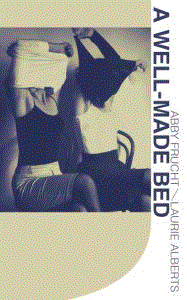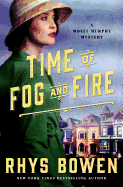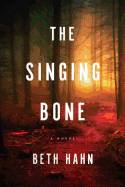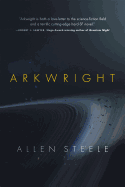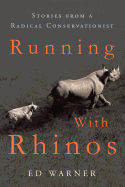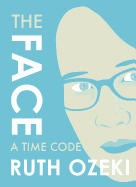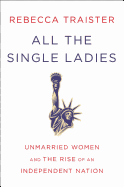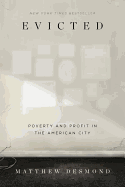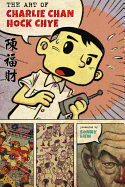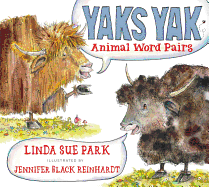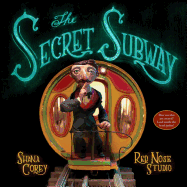 |
| photo: Lydia White |
Tony Tulathimutte is the author of the novel Private Citizens (Morrow). He has contributed to N+1, AGNI, Threepenny Review, VICE, Salon, the New Yorker and elsewhere. A graduate of the Iowa Writers' Workshop and Stanford University, he has received an O. Henry Prize, a MacDowell Colony Fellowship and the Michener-Copernicus Society of America Award. He lives in Brooklyn, N.Y.
On your nightstand now:
Harry Mathews's Cigarettes, a journal with its latest entry terminated midsentence, a lamp, a dust rag and a hot pink Benedryl that I dropped on the floor and am too cheap/lazy to throw out.
Favorite book when you were a child:
Norton Juster's The Phantom Tollbooth, the greatest children's book based on corny wordplay (yes, better than Alice in Wonderland). I compulsively re-read the passages where characters eat numbers, words and letters. An "A" is "quite sweet and delicious--just the way you'd expect an A to taste," whereas an "X" is "like a trunkful of stale air. That's why people hardly ever use them." Subtraction Soup makes you hungrier, presumably to make more room for words. I would sit around thinking up words and their inherent flavors and textures, then I'd imagine crushing into them with huge wolflike teeth. I don't think this foreshadowed my becoming a writer later on, but as with my other favorite, Charlie and the Chocolate Factory, it was probably one among many reasons why I was so awesomely fat.
Your top five authors:
Jeeps, this is torture. Vladimir Nabokov, Philip Roth, Susan Sontag, David Foster Wallace and (curveball: here it comes) Rumiko Takahashi.
Book you've faked reading:
I would never admit to doing this. But since you asked, I went ahead and faked reading one of the books in this q&a, guess which.
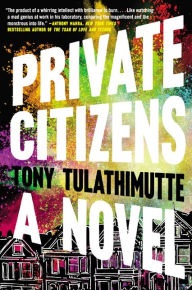 Book you're an evangelist for:
Book you're an evangelist for:
1982, Janine by the Scottish writer Alasdair Gray, a self-described "fat, spectacled, balding, increasingly old Glasgow pedestrian." It takes place in a motel room where a divorced conservative alcoholic attempts to dream up the ultimate sexual fantasy before committing suicide, and instead finds himself reliving his entire life. The latter part of the book contains a hellride that I would not spoil. I'd put it in the water supply if I could.
Runner up is Merritt Tierce's Love Me Back, a book about a young mother working at an upscale Texas steakhouse, finding relief in ecstatic self-destruction. Apply sunscreen before reading.
Book you've bought for the cover:
Most recently Peter Mendelsund's all-white paperback reissue of Italo Calvino's Invisible Cities, which is finely textured and nubbled, a bit like quilted toilet paper. Of course right after buying it, I took it with me camping, where it got squished in backpacks and bloated with rain, wrecked to the point where I weighed the aesthetic against the practical consequences of using it as actual toilet paper, since I'd forgotten to bring any.
Book you hid from your parents:
Smut printed out from a Usenet newsgroup. Next question.
Book that changed your life:
Mainly to keep from repeating the word Nabokov, I'll just say Georges Bataille's L'Histoire de l'oeil. My older sister and I had both studied French, and when she got to college, she tried to gross me out with this discovery of hers, only to end up feeding me some choice vocab. It was a vista of filth I just didn't know was possible and have been striving to achieve in all departments of my life ever since.
Favorite line from a book:
"Copyright © 2016 by Tony Tulathimutte."
Five books you'll never part with:
Melville's Moby-Dick, Nabokov's Lolita, Borges's Ficciones, Ursula K. LeGuin's The Left Hand of Darkness and Tolstoy's The Death of Ivan Ilyich, which I read once a year as a booster shot against bourgeois complacency.
Book you most want to read again for the first time:
Nicholson Baker's The Mezzanine. I remember feeling blindsided when I realized that the entire book was going to consist of aperçus about ice cube trays, shoelaces, escalators, the way a paper bag feels after you've rolled up the top and carried it for a while, etc., and blindsided again when I realized I was enjoying it. I first read it on my commute and work breaks, ideal conditions really.
Three upcoming books that if you don't read, I will personally fight you:
Karan Mahajan's The Association of Small Bombs, a novel set in Delhi about the aftereffects of terrorism, both social and psychological. It's told from the perspective of an exploding bomb, okay? This book will be neither small nor a bomb.
Mauro Javier Cardenas's The Revolutionaries Try Again, an unhinged novel about three childhood friends contemplating a presidential run against the crooked Ecuadorian president Abdalá "El Loco" Bucaram. This is double-black-diamond high modernism, so do some warm-up stretches before you crack this baby.
Jenny Zhang's We Love You Crispina, a collection of linked stories about young Chinese-American girls in New York. It's a paean to the agonizing sacrifices and struggles of immigrant parents fleeing the Cultural Revolution, and I know that that makes it sound like a drag, so let me be clear: this book is like an inhalant drug. Giddy, manic and unspeakably (but not unprintably) dirty.
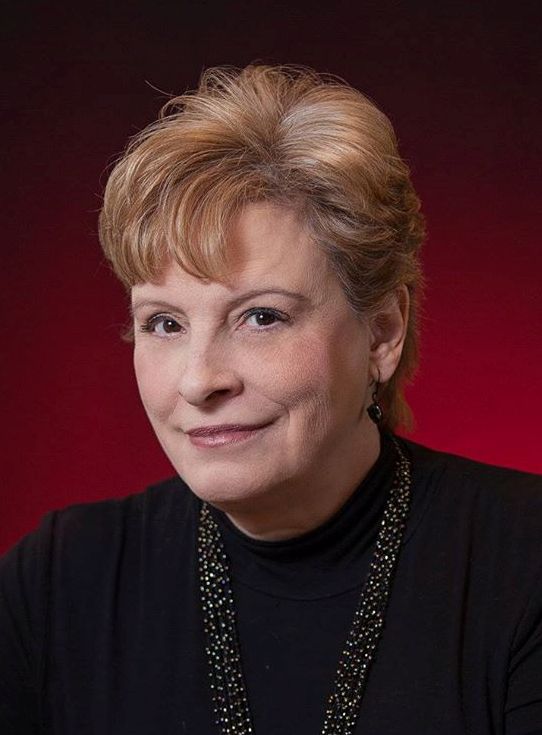
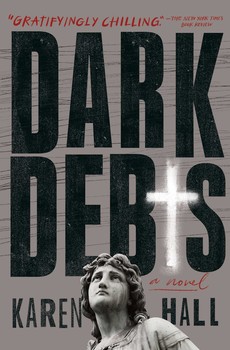




 Book you're an evangelist for:
Book you're an evangelist for:
